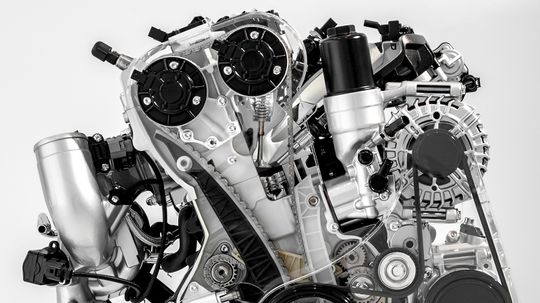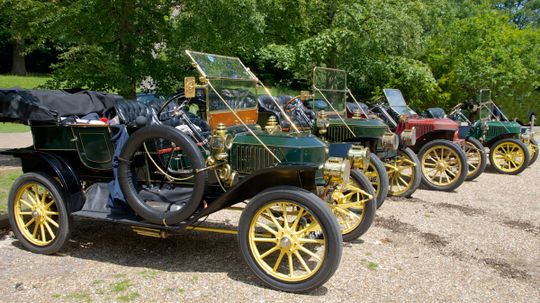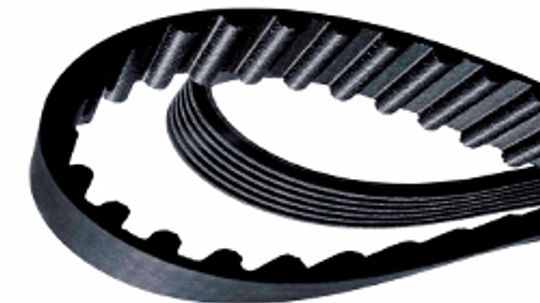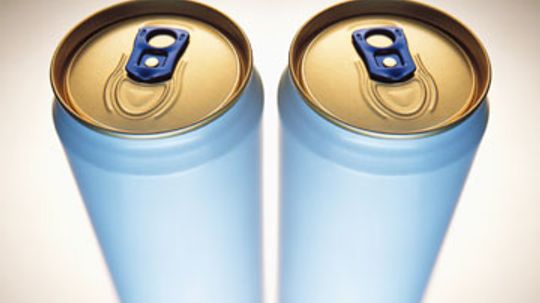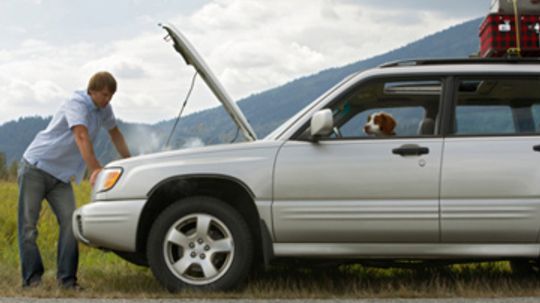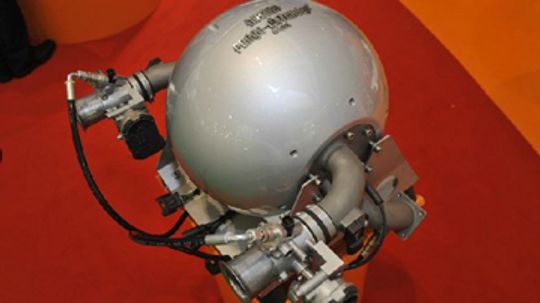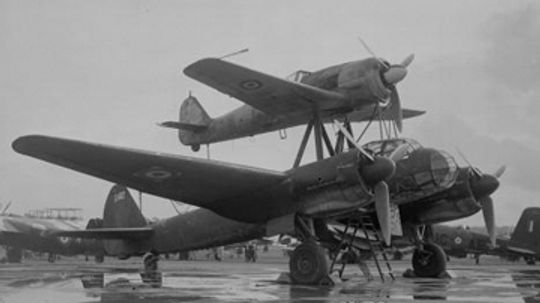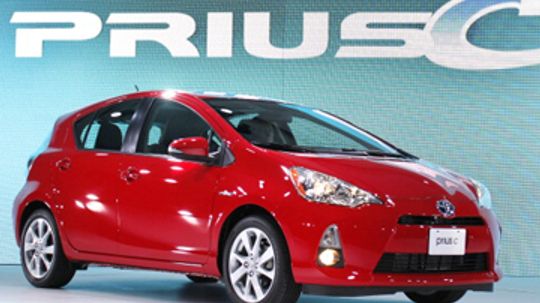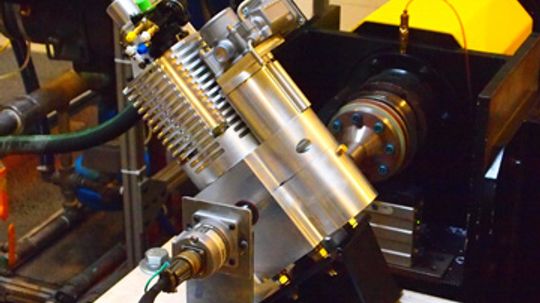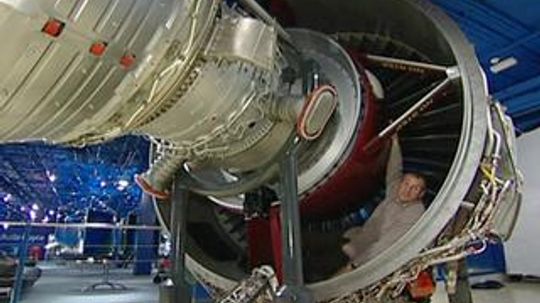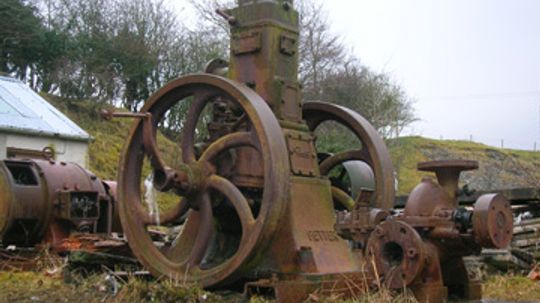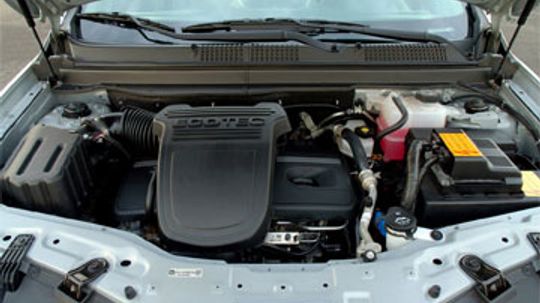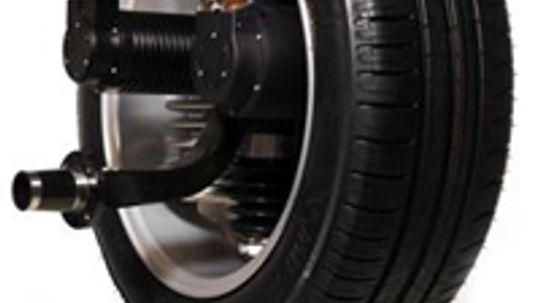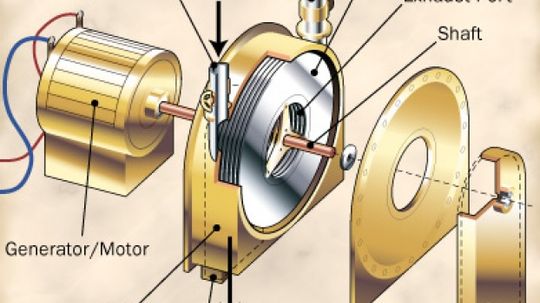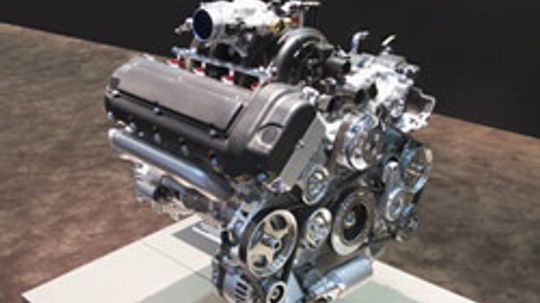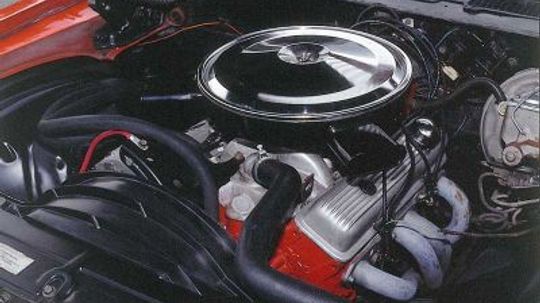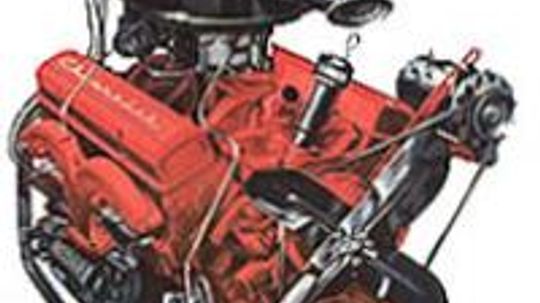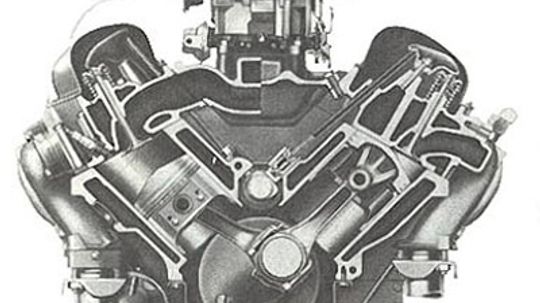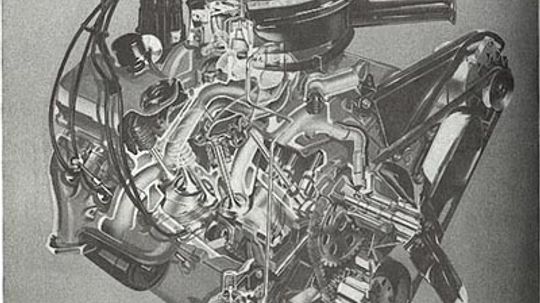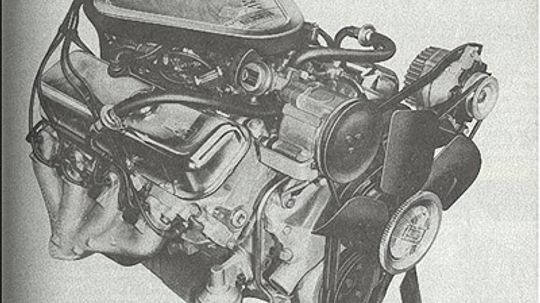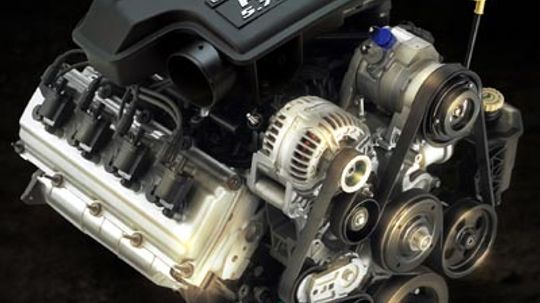Car Engine Types
The types of engines you'll learn about in this section include diesel, rotary, HEMI, stirling and quasiturbine, to name a few. You'll also see photos and animated images of the technologies we explore.
Learn More
The V engine has been a favorite among car lovers for many years. Known for its unique design and powerful performance, it is the engine of choice for many vehicles today.
By Ryan Pratt
Will the world's first commercially available gas compression-ignition engine finally be a success?
Most modern cars and trucks are powered by an internal combustion engine. But was there ever a time when vehicles were powered by engines that required an external source of heat?
Advertisement
Do you know how sleeve valve engines work? Check out this amazing graphic that explains how sleeve valve engines work!
Look under the hood of most cars and you'll probably find one or more pulley-driven belts. But if one of those engine belts break, your car can suddenly become undriveable.
With a simple soda can and a handful of basic tools and accessories, it's possible to make one of the first commercially viable engines ever made. Find out what makes a Coke can Stirling engine chug away.
By Eric Baxter
The traditional water pump is a relatively simple, belt-driven component. But could an electric water pump be more efficient and more in tune with your engine's specific cooling needs?
Advertisement
It may take a bit of time to understand how this ball gets rolling; but once you get it, you'll see how it just might take hybrid auto engineering to the next level.
The sleeve-valve engine may have already been dismissed as a historical relic; however, at least one company is seeking to bring the sleeve-valve engine back into action -- with a few modern twists.
Internal combustion engines aren't going away anytime soon. And since a practical alternative can't be ready for use within the next few years, we need a better internal combustion engine in the meantime.
Four strokes, less fuel. How's that sound? With the addition of just a couple of linkages, an Atkinson cycle engine can complete all four strokes with a single rotation of the crankshaft.
Advertisement
The Grail Engine takes a variety of modern, cutting-edge engine technologies and puts them all together in one package. Honda and Ford have already shown interest -- should the rest of us?
Car engines that run on gasoline aren't the only kind of internal combustion engines. Learn about the types of internal combustion engines in this article.
Today, hot bulb engines are a mainstay for serious antique engine collectors and represent a historic landmark in the evolution of gas engines. Efficient, simple and robust -- hot bulb engines had it all.
By Eric Baxter
You may think your dreams of fuel economy can be fulfilled only by a car with a diesel engine, but direct injection engines offer another option for high efficiency and performance. How do they differ from standard gas engines?
Advertisement
It's possible that someday there may be no need for a lot of the components that you currently find under the hood of a car or truck. That is, if the vehicle is equipped with in-wheel electric motors.
High gas prices are driving people to look at alternatives to fossil fuels, such as a turbine designed by the father of alternating current, Nikola Tesla.
Car engines range from small, economic 4-cylinders to insanely powerful 16-cylinder beasts. Get revved up with full-throttle photos of how they all work.
Take a look at the powerful engines that made the Corvette, Impala, and Chevelle hi-performance machines. Learn about the history and specifications behind these memorable engines.
Advertisement
The 283 Chevy V-8 has become one of Chevy's most revered engines -- the definitive small-block enshrined by a generation of car enthusiasts who followed. Learn more about the fuel-injected small-block Chevy V-8 that powered the Corvette.
Dubbed "Turbo-Thrust," the 348 Chevy V-8 was the largest and most powerful Chevrolet engine you could buy in 1958-61. These powered some of the most memorable of the "performance" Chevys.
Available for the Corvette and full-size Chevrolet in 1967, the 427 Chevy V-8 superseded the 396 with its aluminum cylinder heads with enlarged ports, hotter crankshaft, and bigger carburetor. Learn about one of Chevy's milestone performance engines.
Chevy engineers had to bend some of their rules to get as much power out of the Chevy 454-cid V-8. America's "fuel shock" would ultimately sentence big-inch high-performance cars to oblivion. Learn about one of Chevy's milestone performance engines.
Advertisement
Even if you don't know much about cars, the word "HEMI" might still mean something to you. It's become a synonym for big, powerful engines.
This may sound silly but on the back of my car there is a little sign that says "2.4 liter" and every morning I see that and wonder "What does that mean?" So what does it mean?
